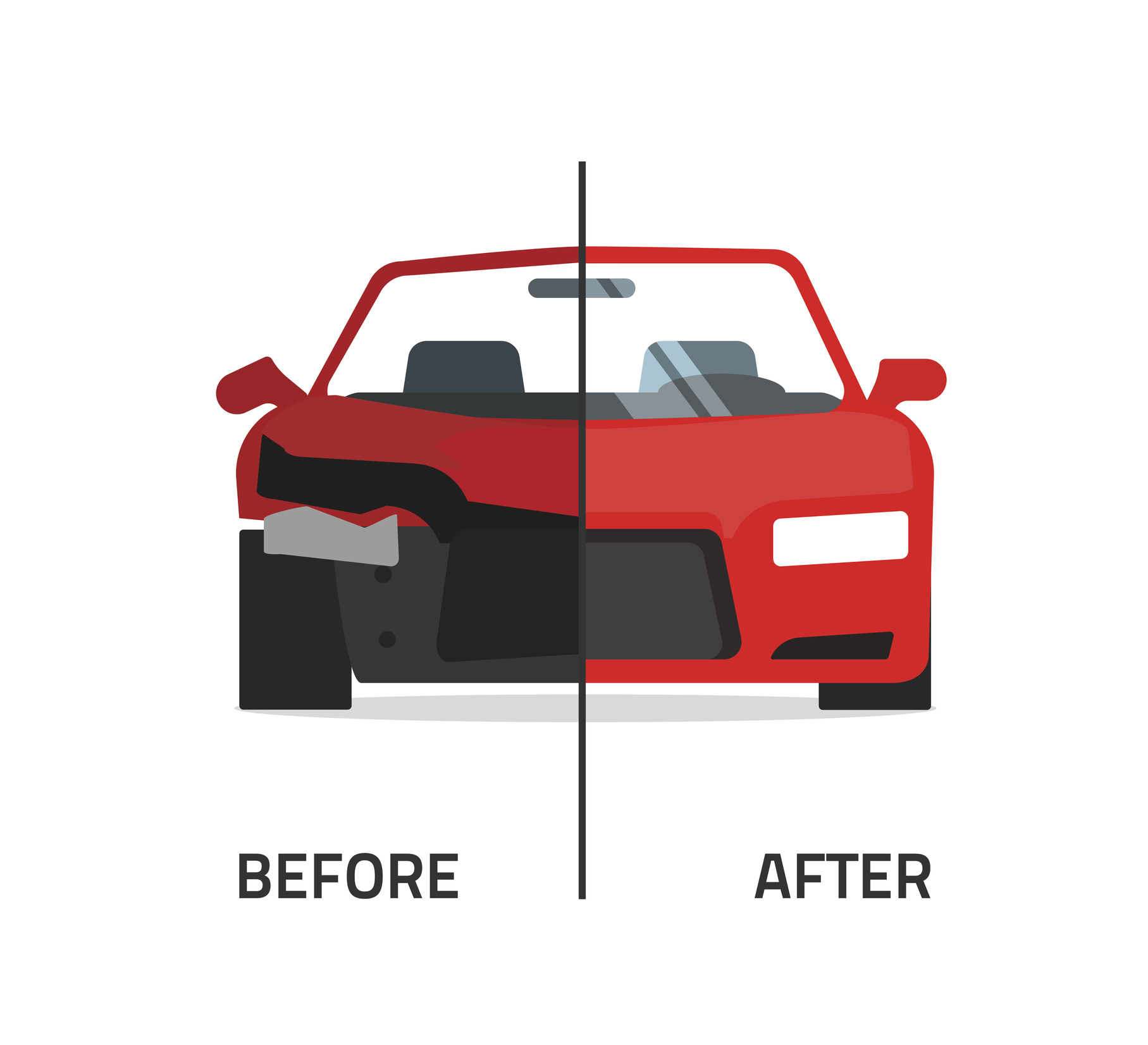If you’ve ever been involved in a car accident, or if you’ve had to deal with the aftermath of one, there is a good chance you’re familiar with certain aspects of one. In order to stay safe and prevent an accident, or to ensure that you, your passengers, and your vehicle are safe after one, it’s important to understand what an accident is, and how to handle one.
What is a collision?
A traffic collision, which may also be called many things, like a car accident, crash, or motor vehicle collision, happens when a moving vehicle collides with another object. The other object might be another vehicle, either moving or stationary, a tree, a wild animal, a traffic sign, a building, or something else.
Although damage may occur to a vehicle without the involvement of a moving vehicle, it’s not called a collision unless a vehicle is moving.
There is a difference between collision insurance and comprehensive insurance coverage.
However, when it comes to your insurance coverage, having ‘collision coverage’ does not necessarily mean that your policy will cover all kinds of collisions listed above – make sure to read your policy! Most damage caused when your vehicle is moving is covered by collision coverage.
A comprehensive policy is required to cover damage caused by things like falling trees, theft or vandalism, or a fire.
What are the most common kinds of collisions?
Some collisions are serious and can be life threatening. Thankfully, the most common collisions are not – they’re fender benders. These small accidents may seem insignificant, and they may not cause much obvious damage, but it’s easy for them to occur in traffic, in a parking lot, or driving down small city streets with lots of cars stopping, turning, and going different directions.
Why is it important to have my car checked after a collision?
No matter how big or small the accident, if your car has been in a collision, there is the potential for it to be damaged. Today’s vehicles are build with so much new technology that even small collisions have the potential to damage systems we rely on to safely drive, like the mirror turn signal, the reverse camera or sensor, or the headlights.
Things like sensors aren’t meant to replace humans, but we do tend to rely on them! These tiny fragile computer systems are built to be in a vehicle, but they are still computers, and they need to be inspected for errors.
Even a small scratch in the paint can allow moisture to accumulate, spreading rust and weakening the structure of the vehicle.




